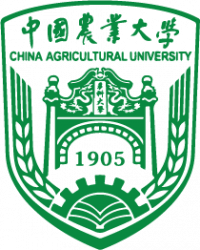Mounting Behaviour Recognition for Pigs Based on Deep Learning
2019
期刊
Sensors
下载全文

- 卷 19
- 期 22
- 页码 4924
- MDPI AG
- ISSN: 1424-8220
- DOI: 10.3390/s19224924
